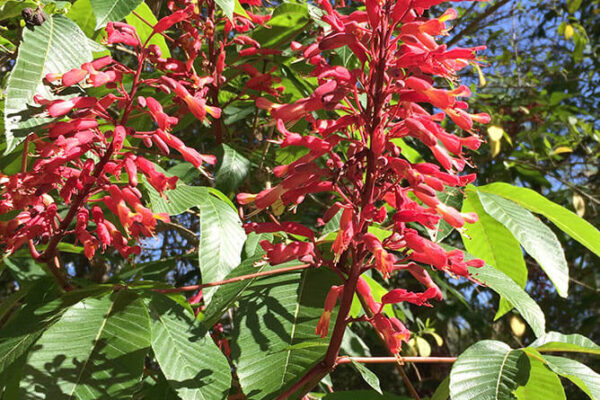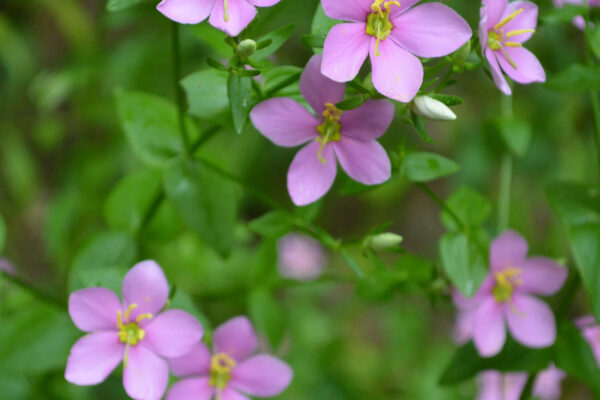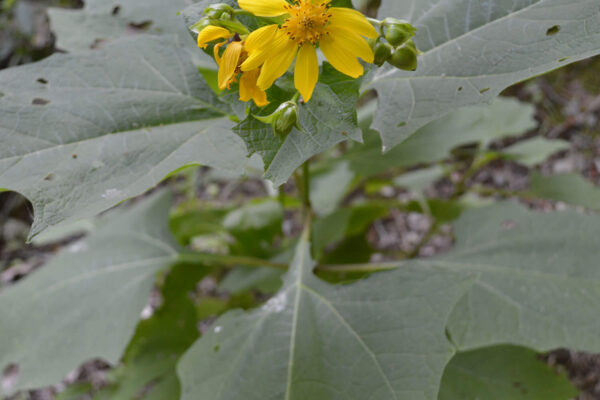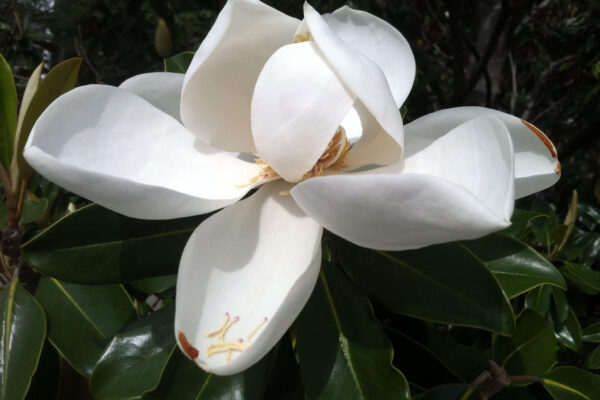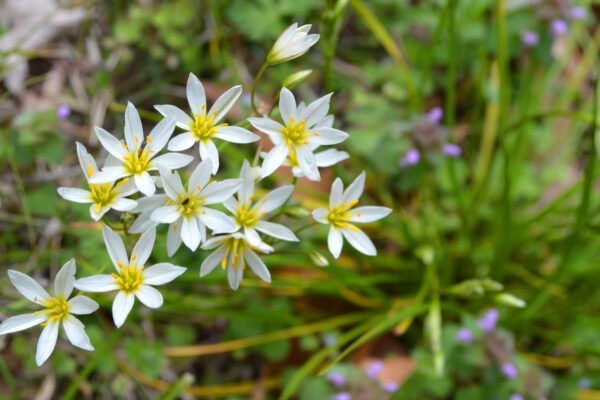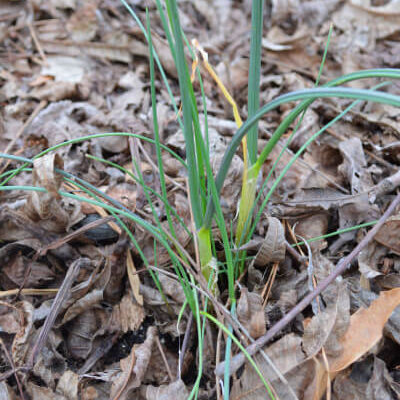Red buckeye (Aesculus pavia) has bright red flowers. The flowers of this native shrub are a favorite of hummingbirds and butterflies in early spring. In the southeast, it blooms in late March and early April, and you can hear the hummingbirds buzzing around the blooms. The red buckeye always catches my eye when it is blooming. These tall …
Continue Reading about Red Buckeye Flowers For Butterflies, Bees, and Hummingbirds

